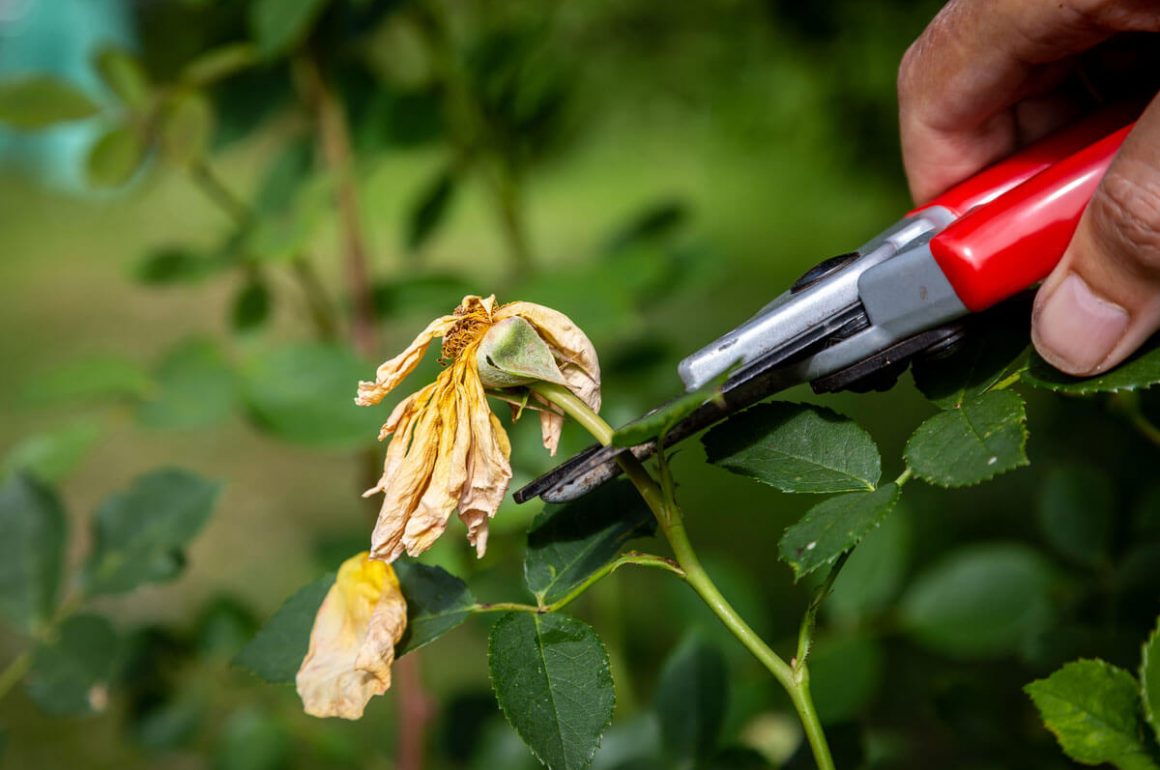
Do you want to bolster your blooms and perk up your plants? Do you want to know about deadheading flowers but were too afraid to ask? Read on to learn how to deadhead flowers in your garden.
What Exactly is Deadheading? It Sounds so Brutal…
Deadheading is the act of cutting a fading flower head from a plant. This will divert the plant’s energy into producing new growth rather than seed production, therefore prolonging its flowering season.
Will My Plants Ever Forgive me for Such a Barbaric Act?
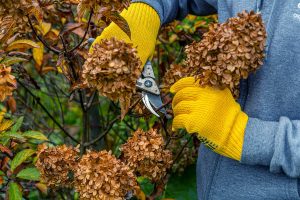 If plants somehow grew lips and could talk, they would actually thank you. They will be stronger, flower-ier, bushier plants as a result of your intervention.
If plants somehow grew lips and could talk, they would actually thank you. They will be stronger, flower-ier, bushier plants as a result of your intervention.
When Should I Deadhead Flowers?
Deadheading is a quick job as long as you keep on top of it so inspect plants often and strike when the flowers start to shrivel. In practical terms, this means you should start prowling around your garden flower beds from March onwards. By September, your deadheading duties should be over for another year.
How do I Deadhead Plants, Exactly?
Depends on the plant but as a rule of thumb, cut off the waning flower and stem around 10mm above a new bud or leaf. This will avoid creating unsightly jutting stems and keep your plant looking nice and neat.
What Tools do I Need to Deadhead Flowers?
For most plants a pair of scissors should do the trick. Just make sure they are sharp for a clean cut. That said, most plants can be deadheaded with a deft pinch using your finger and thumb. Neat freaks may find that the act of deadheading satisfies a deep-seated urge – in which case you’ll find a few deadhead-specific snips on the market to aid you. These tend to be stumpy-bladed tools with large handles for speedy scissoring.
 Are There Any Plants That Require Special Treatment?
Are There Any Plants That Require Special Treatment?
Rhododendrons and camellias are delicate fellows so don’t go in all guns blazing. New leaf buds on these plants form just below the flowerheads, so carefully pinch out the dead flowers to avoid damaging the new buds.
On the flip side, lavender will benefit from a serious going over when its flowers start to fade. Deadheading lavender can be a faff, so grab your shears for this job and don’t hold back. The STIHL HSA 26 cordless shrub shears also make quick work of trimming lavender plants too. Save the fallen stems and stick them in a vase if you want to make your house pong like a National Trust gift shop.
I Can’t Possibly Bring Myself to Maul my Precious Blooms. Is There a Case Against Deadheading?
Sometimes you may wish to leave plants to form seed heads intact so that birds can have a seedy feast. Echinachea and evening primrose, for example, are best left alone once they have flowered. Alliums also look great when left unsullied, so leave these to form seedy, skeletal shapes for architectural interest in the garden.
Will you be deadheading flowers in your garden? Let us know in the comments!



 Are There Any Plants That Require Special Treatment?
Are There Any Plants That Require Special Treatment? The Two Thirsty Gardeners, Rich and Nick, are bloggers who love gardening, eating and drinking in equal measure! They love to share tales from their allotment including their experiments turning the spoils of their crops into alcohol, both the good and the bad!
To find out more about Rich and Nick,
The Two Thirsty Gardeners, Rich and Nick, are bloggers who love gardening, eating and drinking in equal measure! They love to share tales from their allotment including their experiments turning the spoils of their crops into alcohol, both the good and the bad!
To find out more about Rich and Nick, 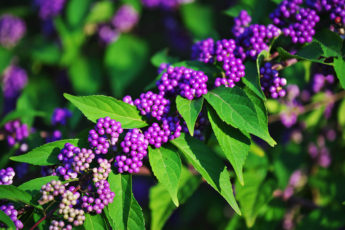
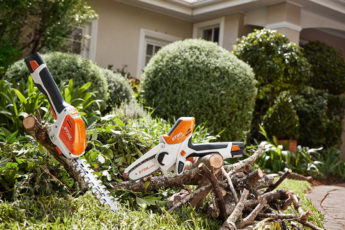
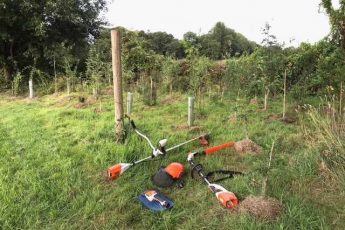









Leave a Comment